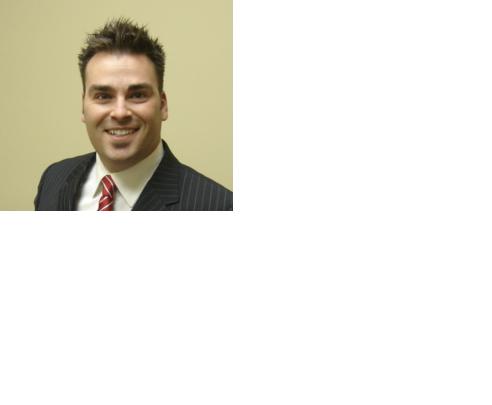Although zero-down mortgages – or those that don’t require a down payment – technically went by the wayside when the federal government tightened mortgage rules back in 2008, lenders and homebuyers have found ways around the rule with “cash back mortgages”. These aren’t new programs, however they were very difficult to use when posted interest rates were at normal levels in the 6.95-7.50% range.
These products are reserved for those homebuyers who have great credit and income, but have found it difficult to save the $10,000 to $20,000 required for a minimum 5% down payment. In these situations, the lender will give the client 5% cash back on closing. When the down payment is requested by the real estate lawyer, the lender will provide the funds which will then be given to the vendor.
Of course, the cash back doesn’t have to be used towards the down payment of a home. It can be returned to the buyer, provided they already have a down payment, to put into savings, towards new furniture, or any renovation projects they may need to tackle.
There is a catch for the convenience, however. These mortgages come with a higher interest rate than a typical five-year mortgage – but given today’s low interest rates, they’re still low compared to historical averages. Right now, you could probably get a cash back mortgage for around 5.29%.
To qualify for these mortgages, you also have to have decent credit – sometimes as high as a 680 credit score, but there are lenders out there that’ll accept as low as a 650 credit score. And, of course, with no down payment, your monthly mortgage payments will likely be a little higher than if you had saved the 5% down yourself.
Look at it this way, lenders “give” you the money so that you can buy your home, but they still have to get that money back.
How they get that money back without actually setting up a separate loan is by charging a higher interest rate, which is generally the posted rate (it’s the rate “posted” on the rate board at the bank).
For instance, today the average discounted wholesale five-year fixed interest rate is 3.59%, and the posted rate is 5.29%. Essentially, the difference between the two payments is how they collect the money back, which barely works out to the money they’ve actually provided to you for your down payment.
The only money that CMHC and the lenders require that you have for your purchase is that you have your closing costs saved up, which as a rule is 1.5% of the purchase price, for example if you purchase a $300,000 home you’ll require to prove that you have saved up $4,500 for your closing costs (these are the funds it takes to complete your transaction, legal fees, back taxes, etc).
There are a lot of positives to this program if you haven’t been able to save up for a down payment yet, can afford the costs of homeownership and are looking at entering the real estate market as a home owner.
Jean-Guy Turcotte is an Accredited Mortgage Professional with his partners at Regional Mortgage Corporation and can be reached for appointments at 403-343-1125 emailed to jturcotte@regionalmortgage.ca or texted to 403-391-2552.



